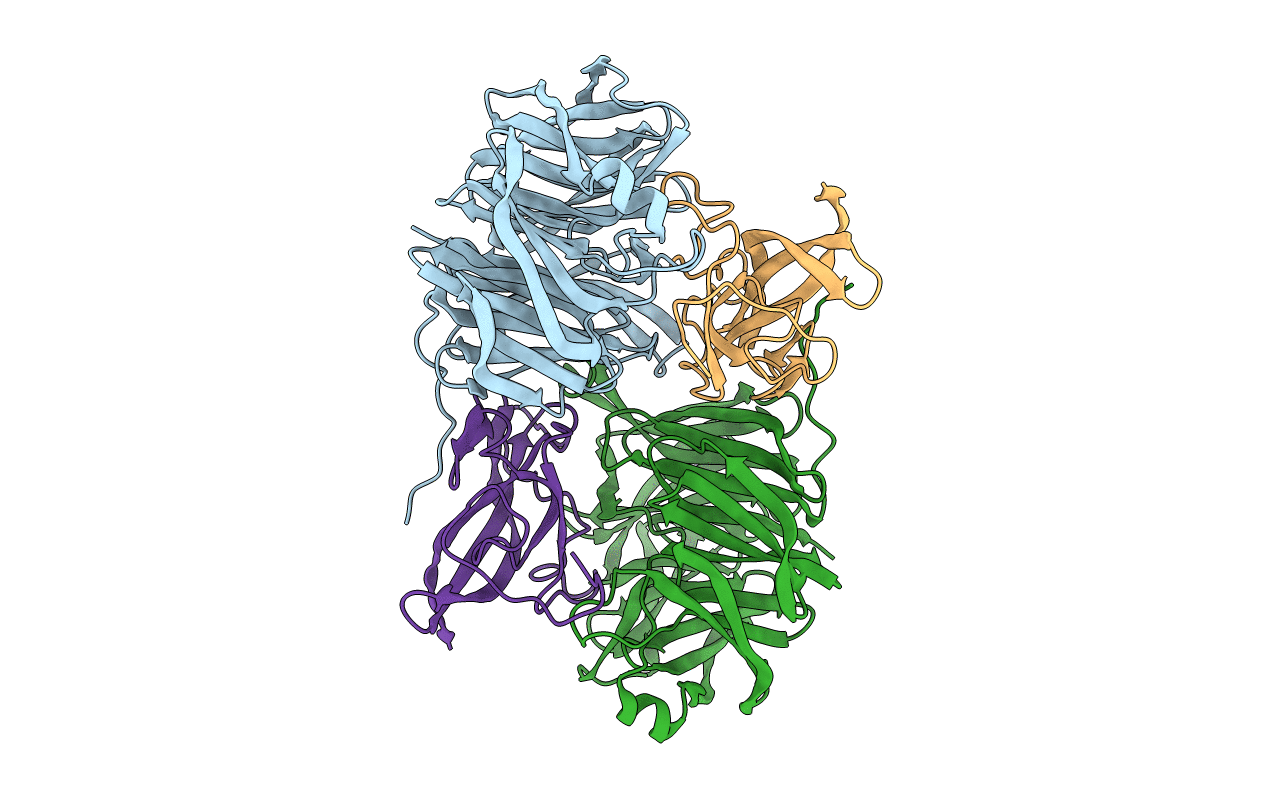
Deposition Date
1993-12-17
Release Date
1994-01-31
Last Version Date
2024-06-05
Entry Detail
PDB ID:
2BBK
Keywords:
Title:
CRYSTAL STRUCTURE OF THE QUINOPROTEIN METHYLAMINE DEHYDROGENASE FROM PARACOCCUS DENITRIFICANS AT 1.75 ANGSTROMS
Biological Source:
Source Organism:
Paracoccus denitrificans (Taxon ID: 266)
Method Details:
Experimental Method:
Resolution:
1.75 Å
R-Value Observed:
0.16
Space Group:
P 21 21 21


